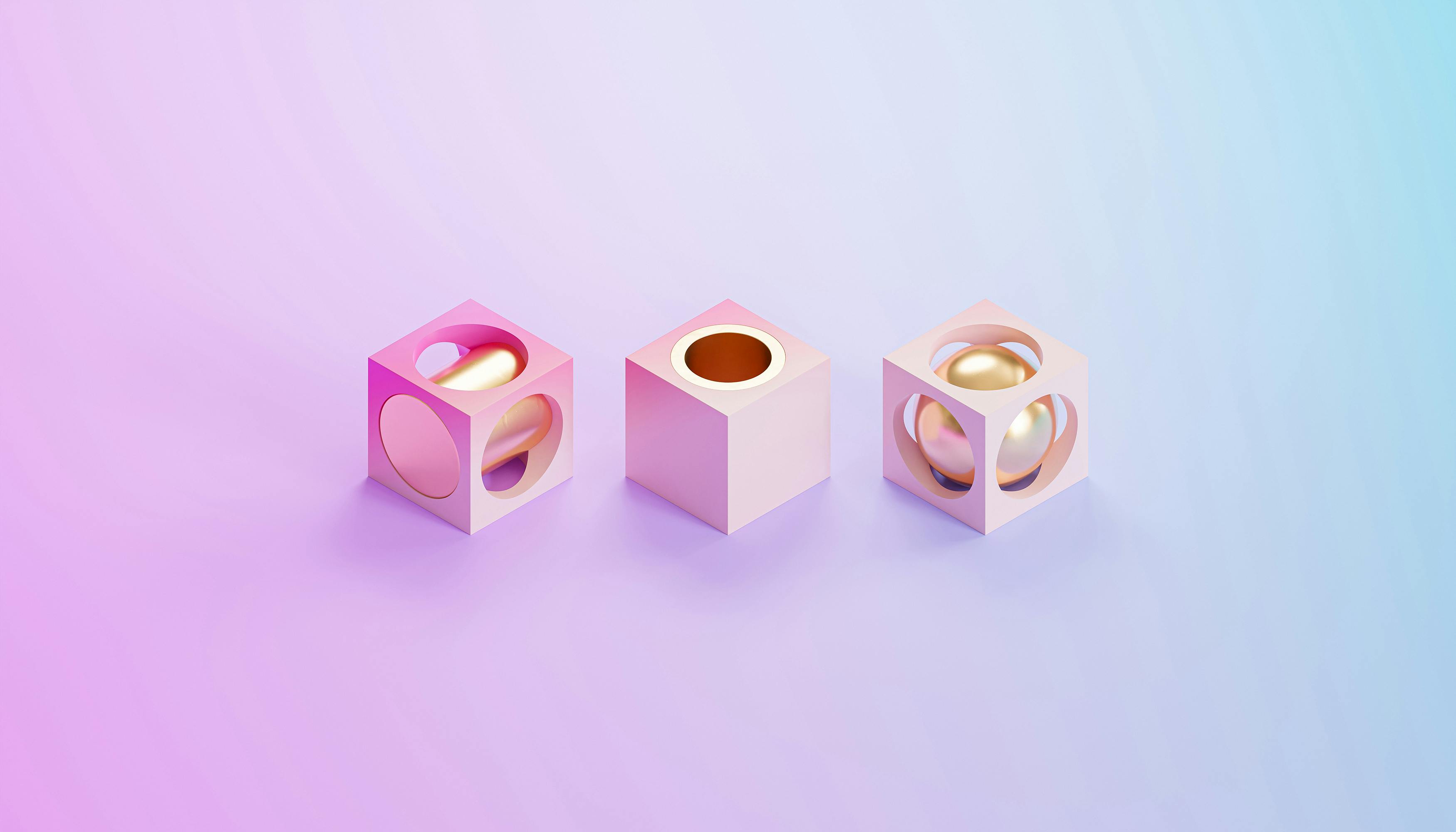Surface Area of a Sphere
A sphere is a 3-D representation of a circle. Therefore, every point on the surface lies at a constant distance (called
We can visualize a sphere by pasting a long string to a circular disc along its diameter and rotating it as we did with the triangle in the previous section.

And logically, the centre of the circle, becomes the centre of the sphere. Now moving on to the surface area of a sphere.
It has been found that:
Surface area of a sphere of radius r = 4 times the area of a circle of radius r i.e.
= 4 ×
Surface Area of a Sphere = 4πr2
where r is the radius of the sphere.
Think: How many faces does a sphere have?
It has only one face i.e. the outer curved surface.
Now, what is happen if we take a solid sphere, and slice it exactly through the middle with a plane that passes through its centre? Clearly, now the sphere has been divided into two equal parts, with each half being called a hemisphere( ‘hemi’ means ‘half’).
Now, How many faces does a hemisphere have?
It has two faces- the curved face and the flat face i.e. base. It is logically clear that the curved surface area of a hemisphere is half the surface area of the sphere i.e. of 4πr2.
Curved Surface Area of a Hemisphere = 2πr2
where r is the radius of the sphere.
If we include the flat base as part of the surface area we get,
Total Surface Area of a Hemisphere = 2πr2 + πr2 = 3πr2
Let's Solve
- The surface area of a sphere of radius 7 cm is ___
- We know- surface area of a sphere =
where r- radius of sphere - Substituting values, we get:
cm 2 - We have found the desired answers.
Find out the following for a hemisphere of radius 21 cm:
(i) the curved surface area
(ii) the total surface area
- We know: curved surface area of a hemisphere =
- Substituting the radius value, we get:
cm 2 - Also, total surface area of a hemisphere =
- Substituting the radius value, we get:
cm 2 - We have found the desired answers.
- A hemispherical dome of a building needs to be painted. If the circumference of the base of the dome is 17.6 m, find the cost of painting it, given the cost of painting is Rs. 5 per
100 cm 2

- We need to find the
area for the given question. - We know: curved surface area of a hemisphere =
- We have been given the circumference which we can use to find the radius
- The radius is equal to
m. - Substituting the value in the surface area formula
- The Curved Surface Area is equal to
m 2 - Since the cost of painting is Rs. 5 for every 100
cm 2 m 2 - Thus cost of painting the whole dome = Rs.
- We have found the answer.
- The radius of a spherical balloon increases from 7 cm to 14 cm as air is being pumped into it. Find the ratio of the surface areas of the balloon initially to when air is pumped into it.
- We know: curved surface area of a sphere =
- We need to find the ratio of the initial and final surface area.
- That is to find the ratio shown above.
- Let the initial radius be r1 while the final radius is r2. Substituting these variables, we get the ratio:
- Putting the values of r1 and r2 into the ratio, we get:
- We have found the answer.
- A hemispherical bowl is made of steel, 0.25 cm thick. The inner radius of the bowl is 5 cm. Find the outer curved surface area of the bowl.

- We know: curved surface area of a hemisphere =
- The outer radius will be
cm - Substituting the values into the formula
- We find the surface area to be
cm 2 - We have found the answer.
- A right circular cylinder just encloses a sphere of radius r. Find :
(i) Surface area of the sphere
(ii) Curved surface area of the cylinder
(iii) Ratio of the areas obtained in (i) and (ii)

- We know: curved surface area of a sphere =
where r - radius of sphere - Since, the sphere is enclosed in a cylinder: radius of cylinder is equal to
while height of cylinder is - Curved surface area of cylinder =
where r and h are radius and height of cylinder. - Substituting the values of r and h into the formula, we get:
- Thus, the ratio of the sphere and cylinder is
- We have found the desired answer.
